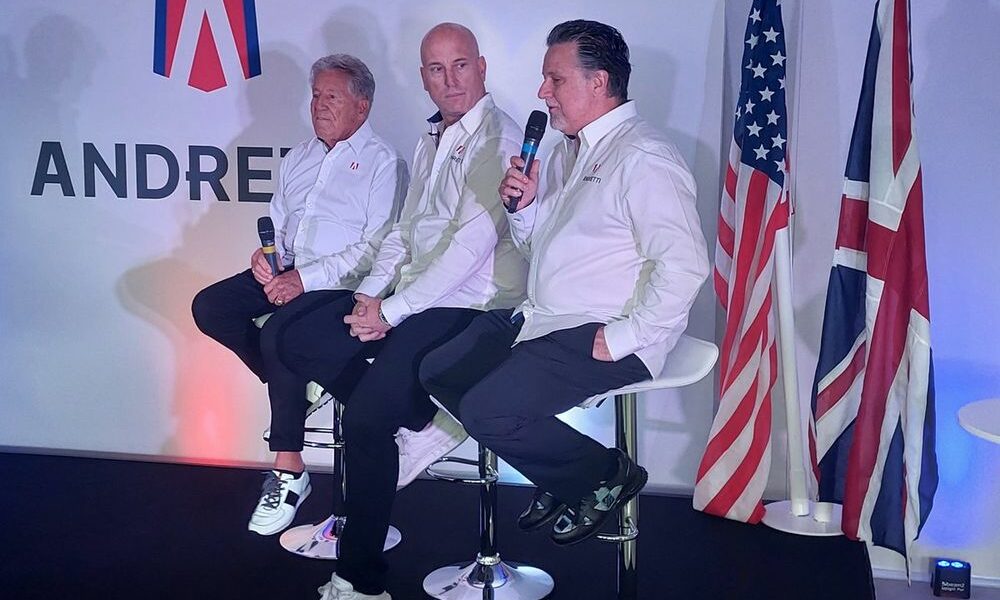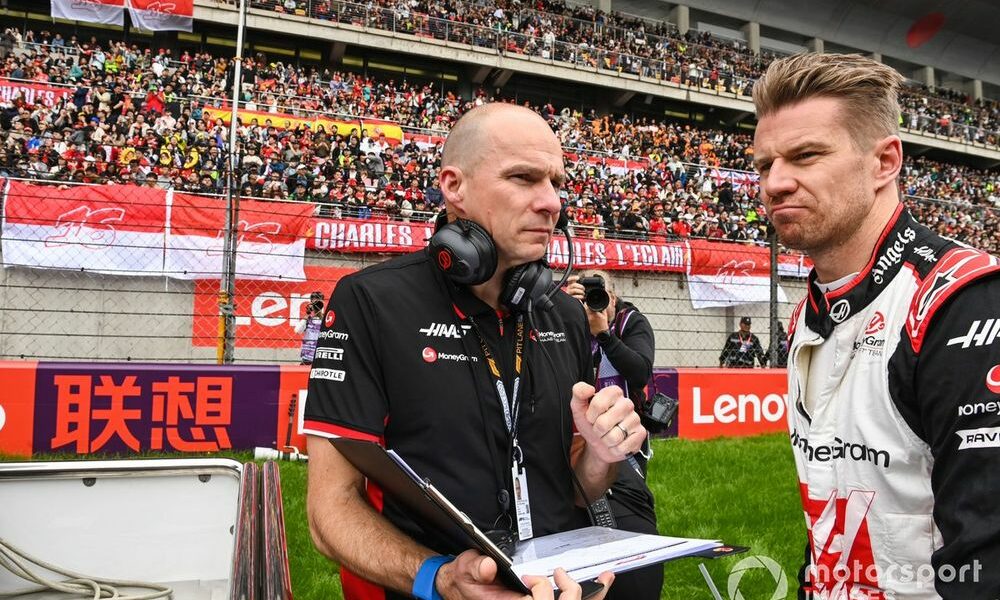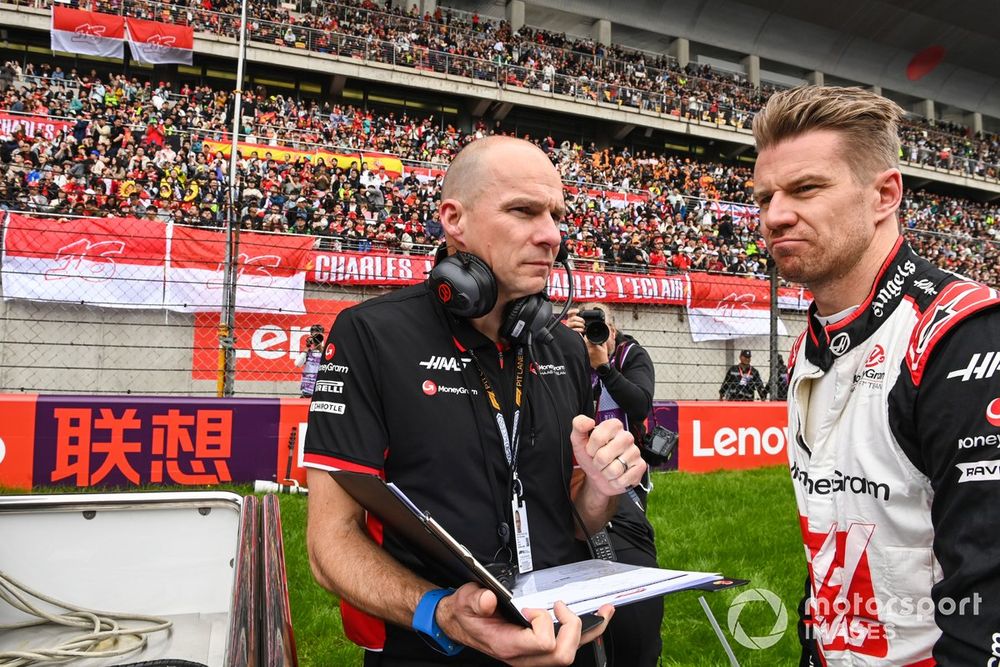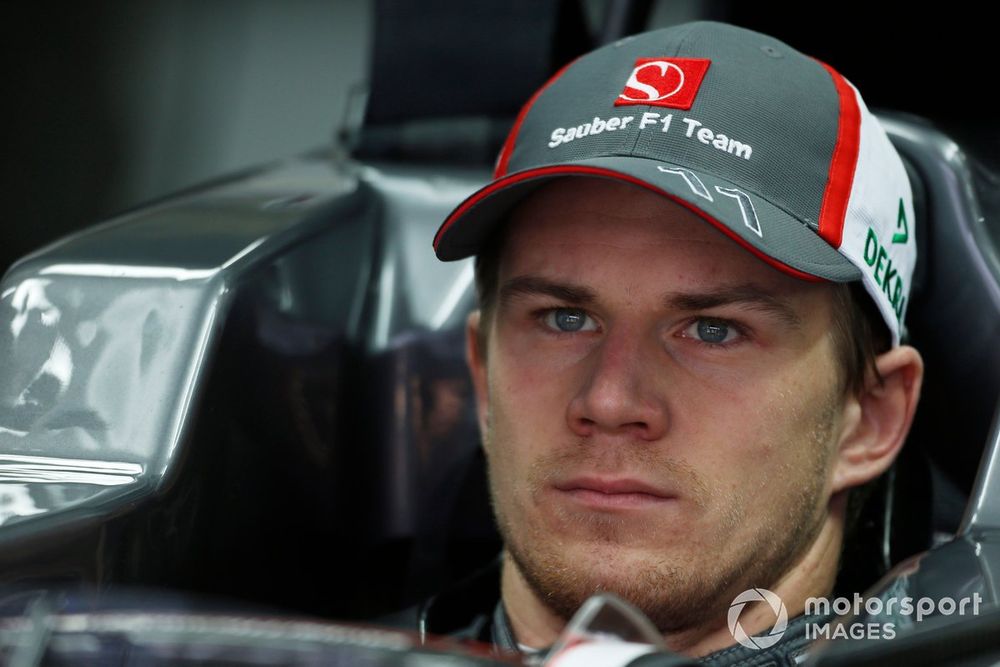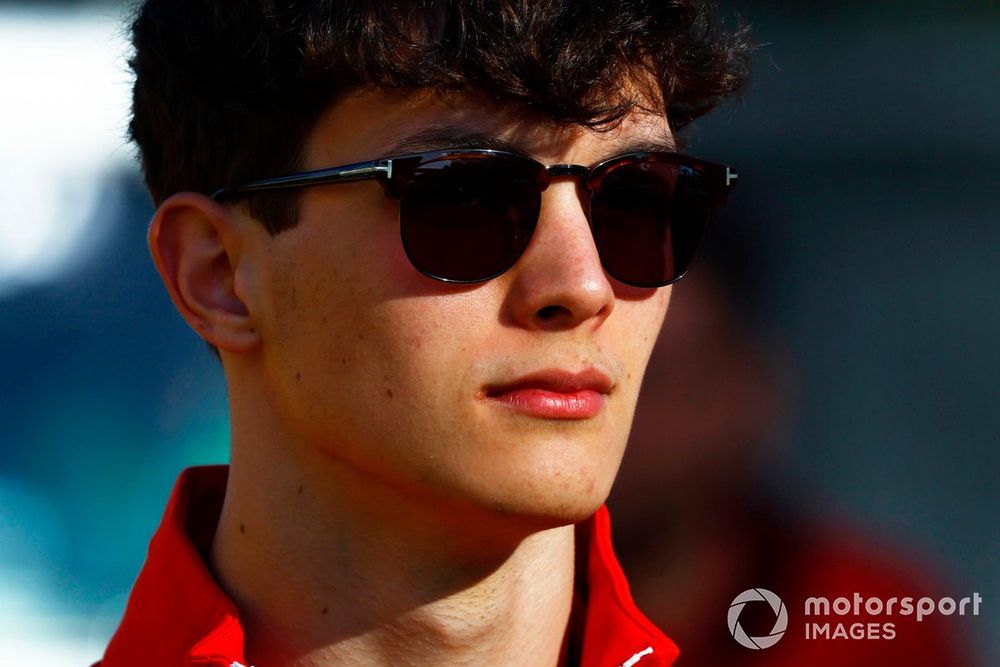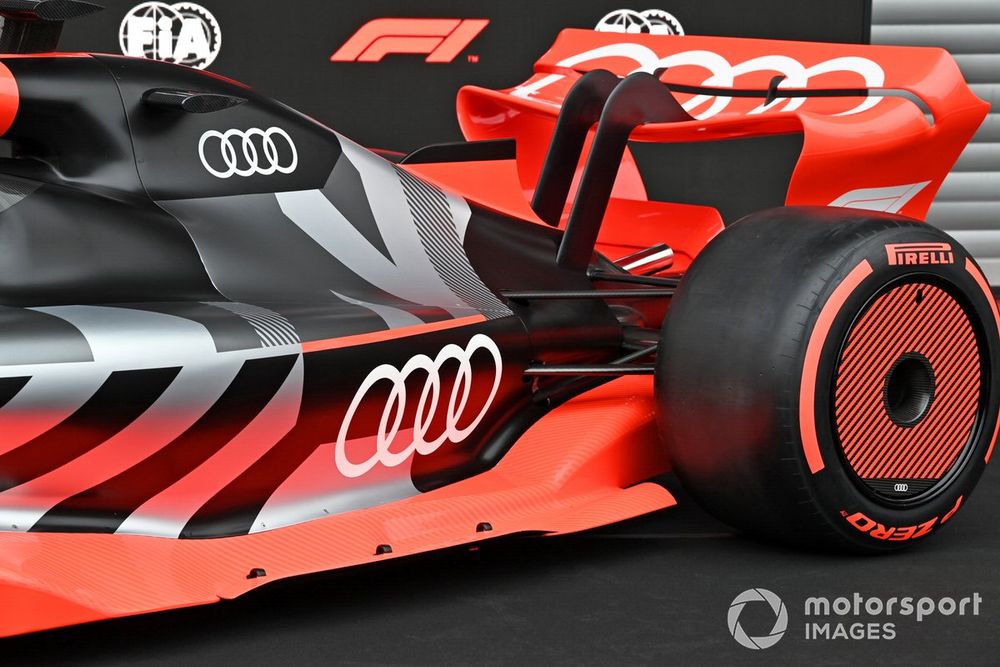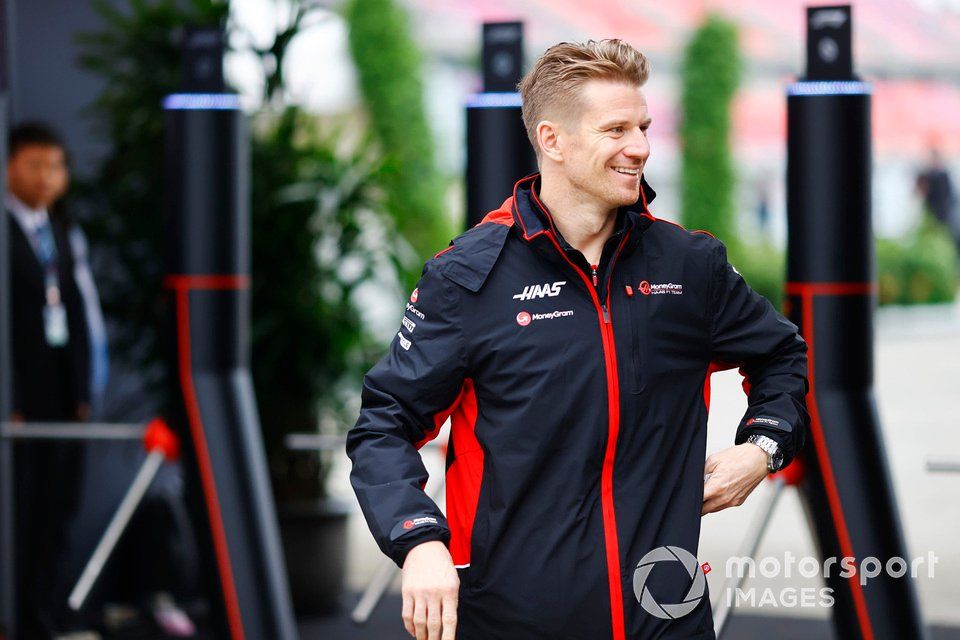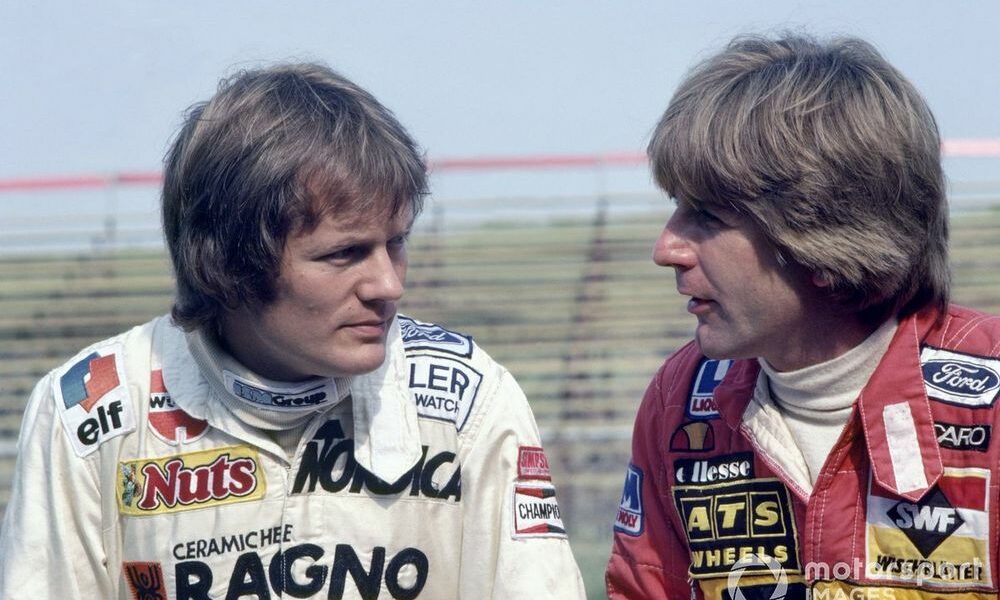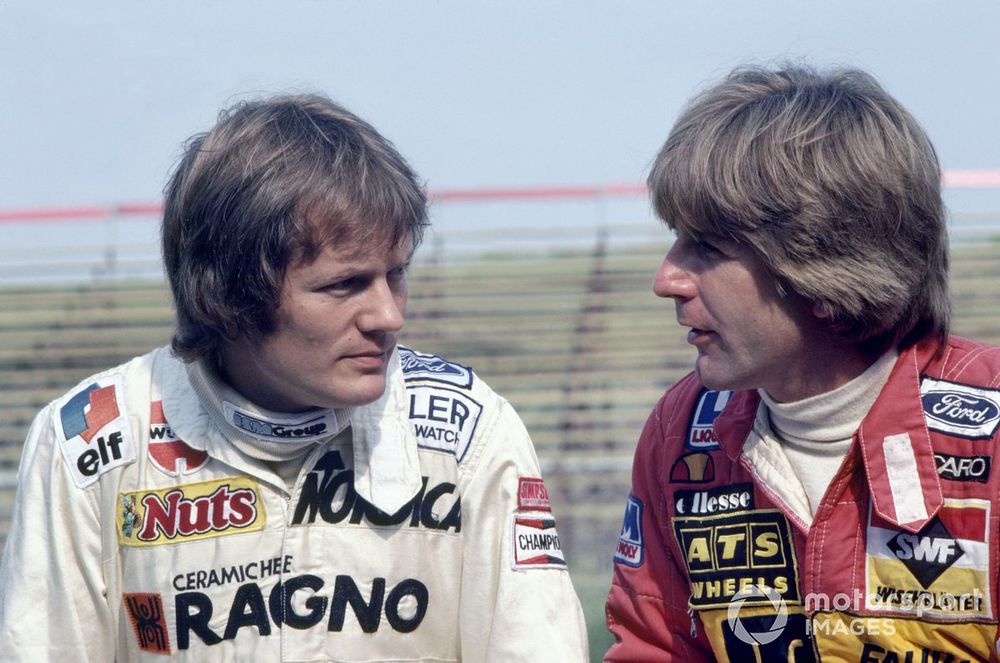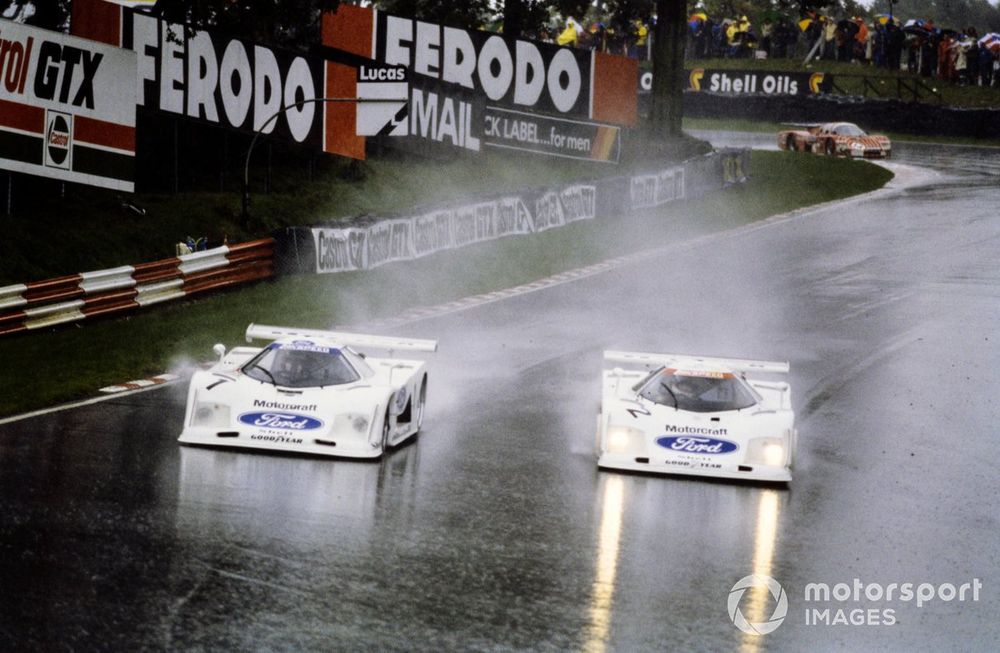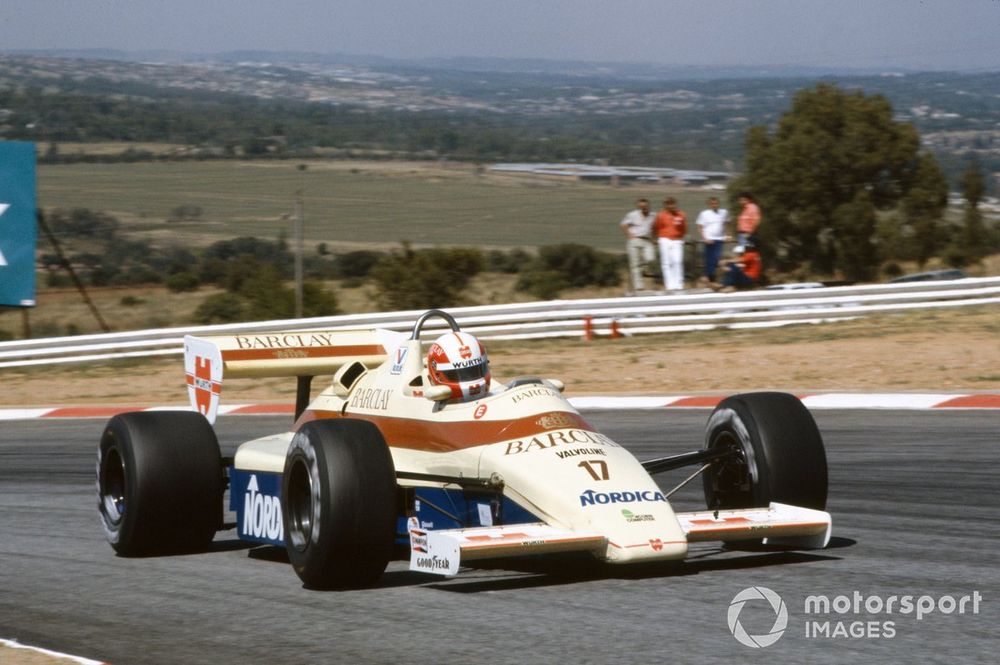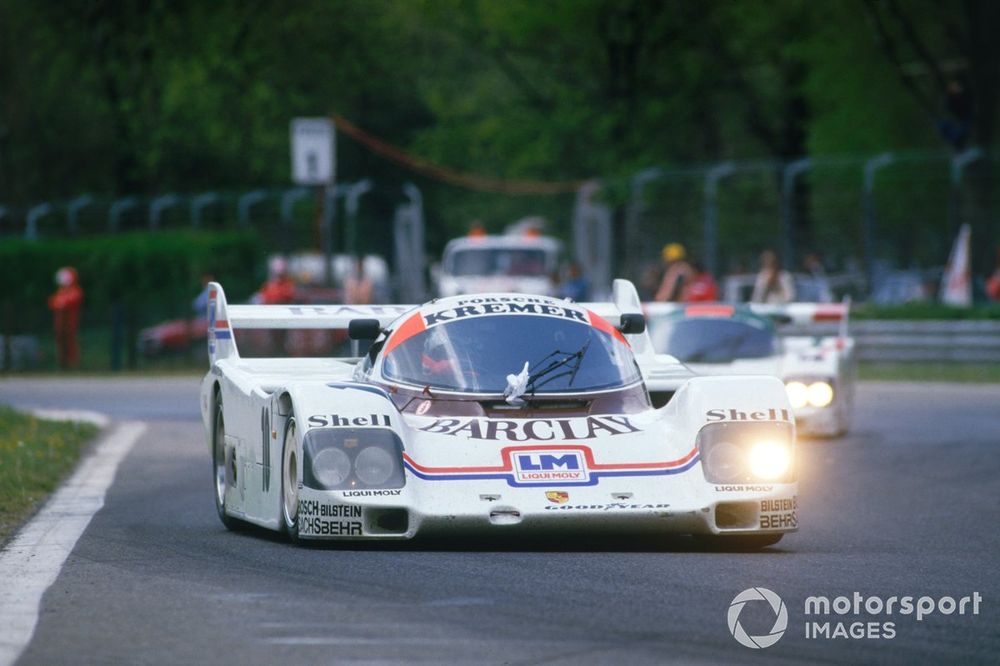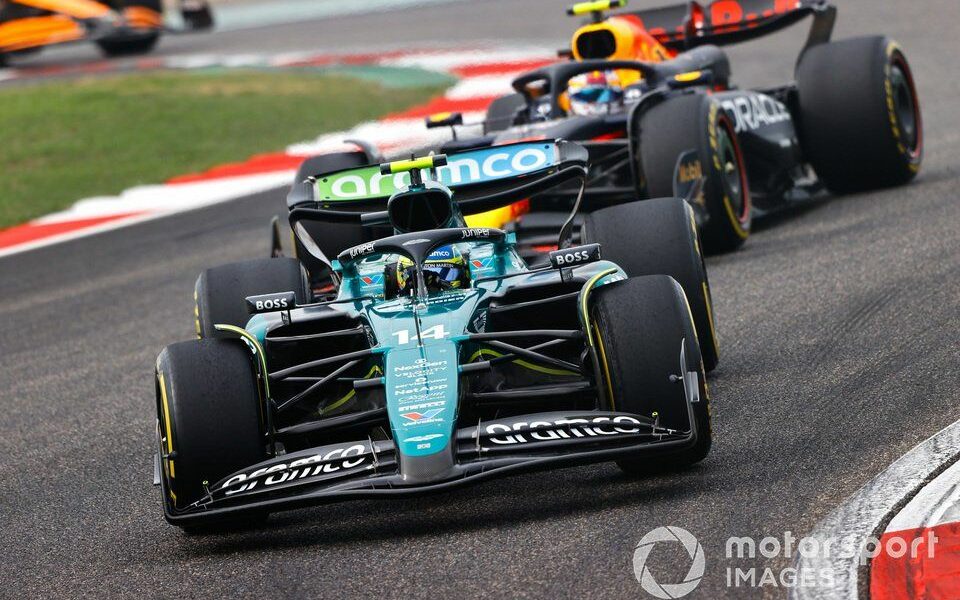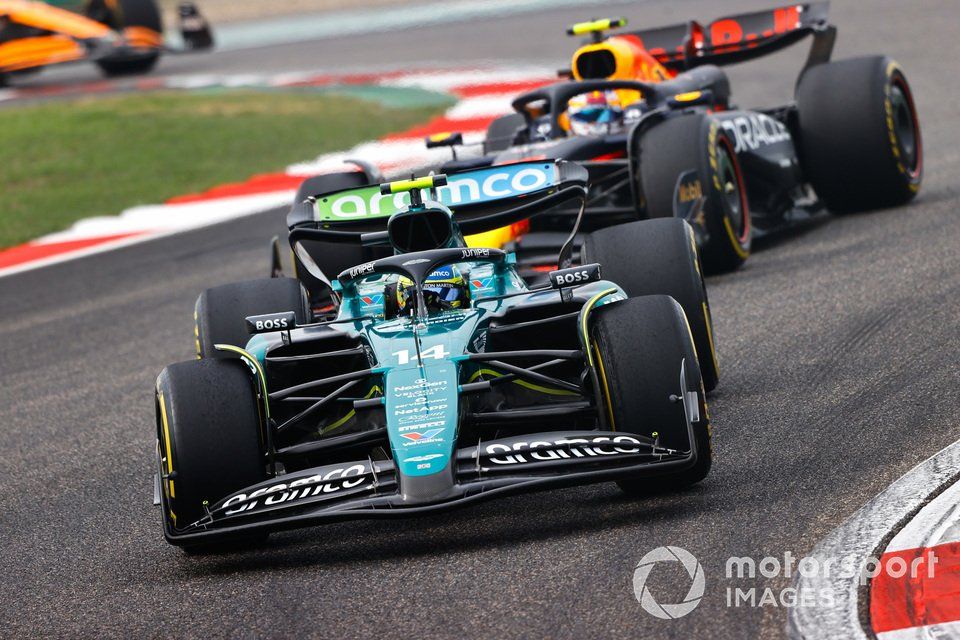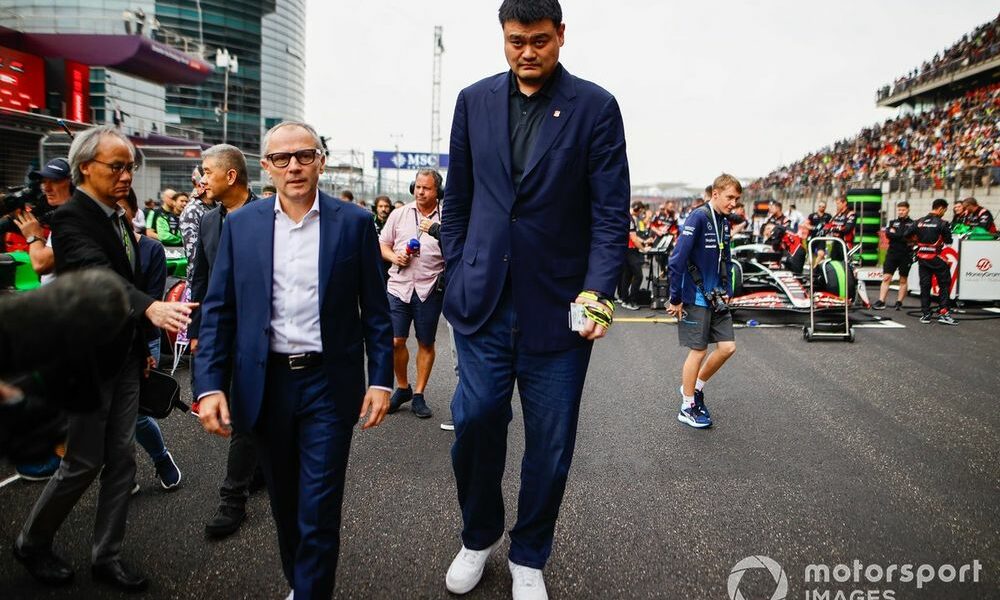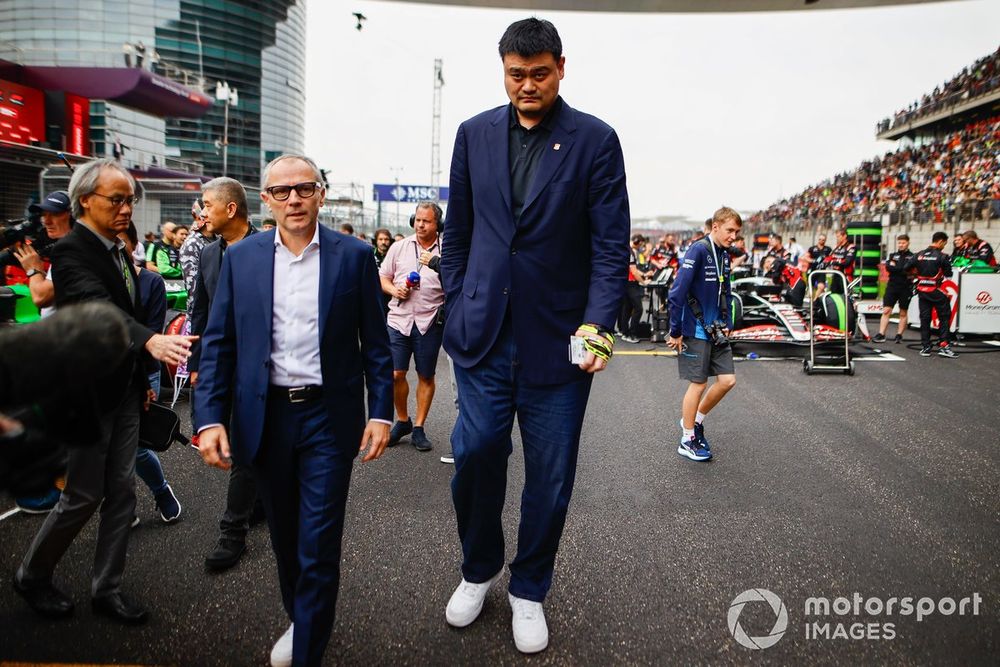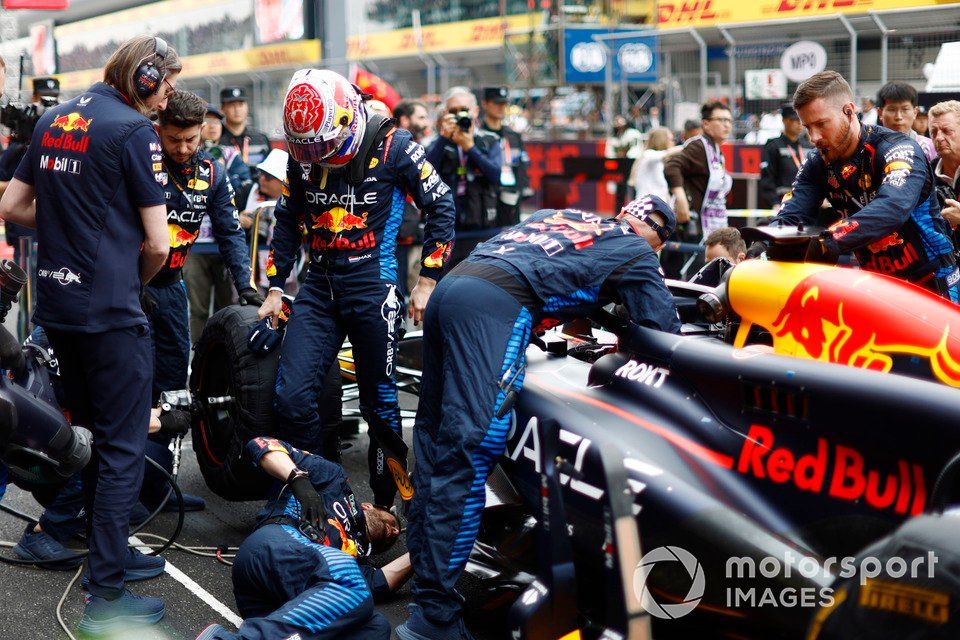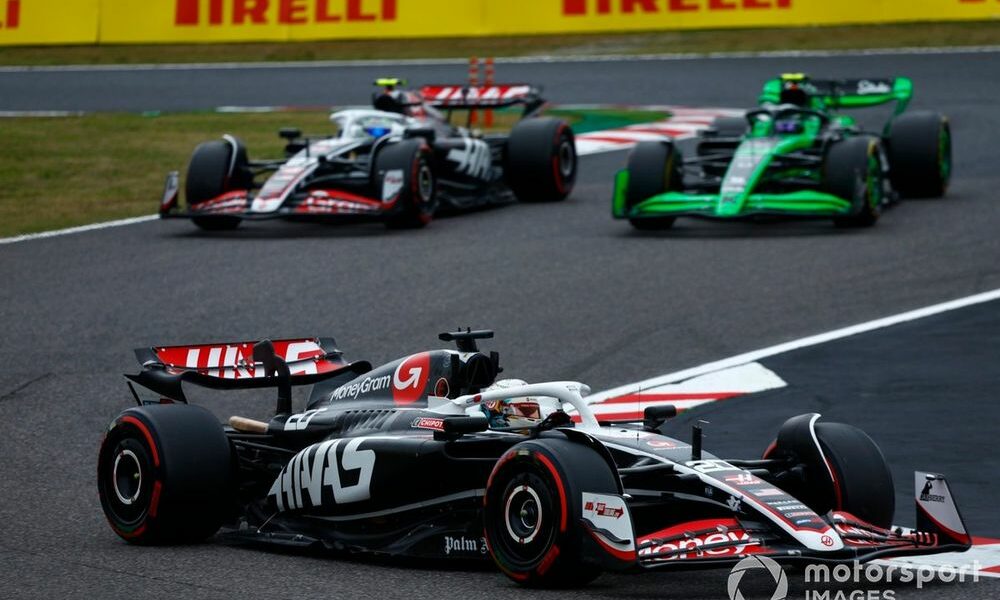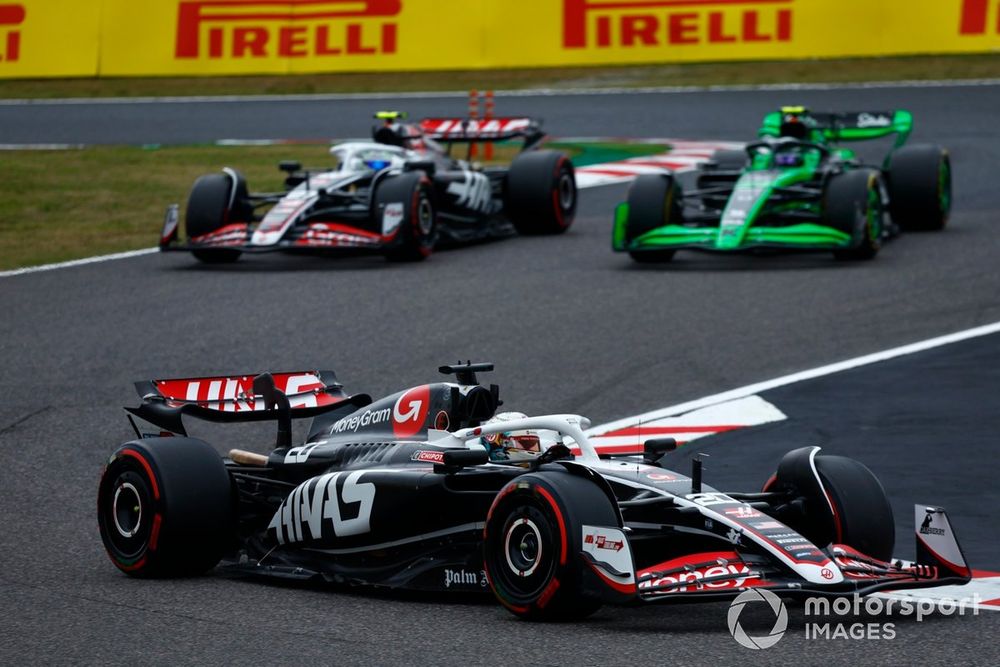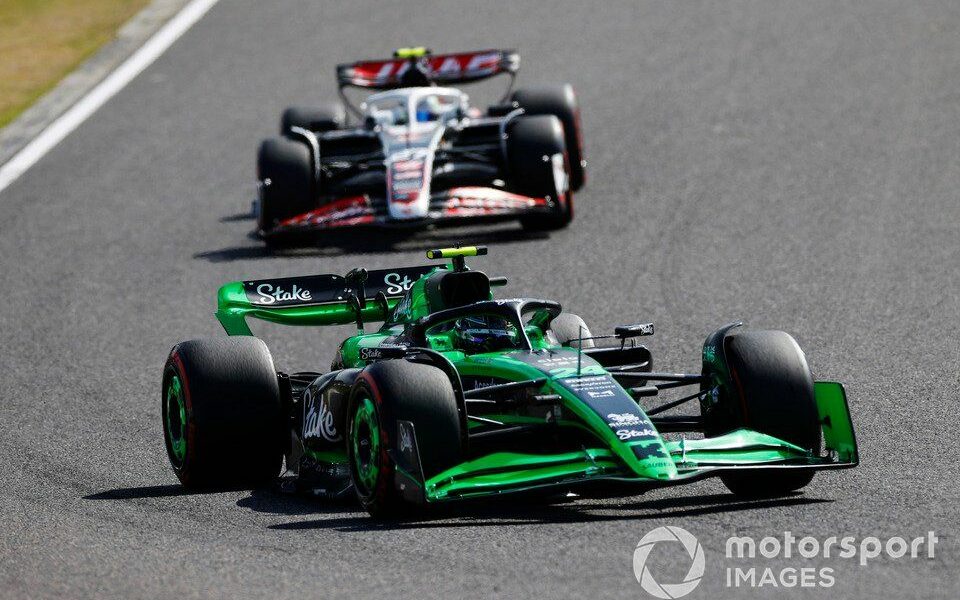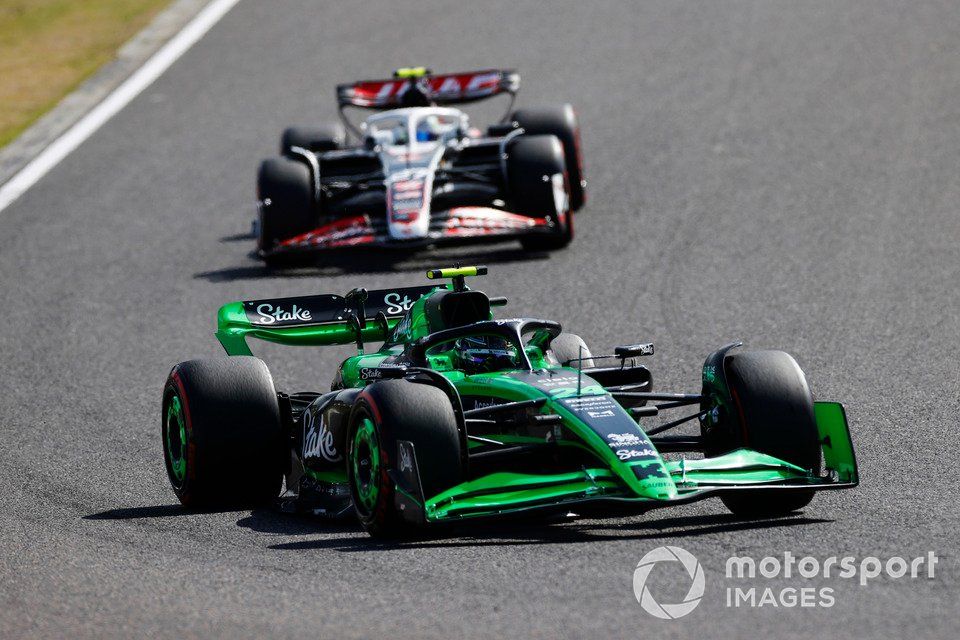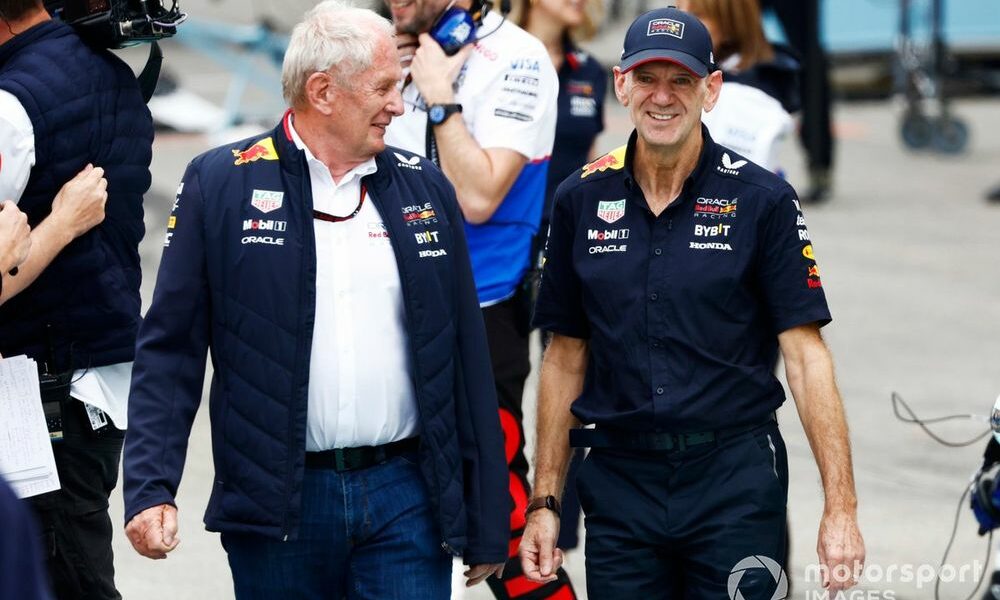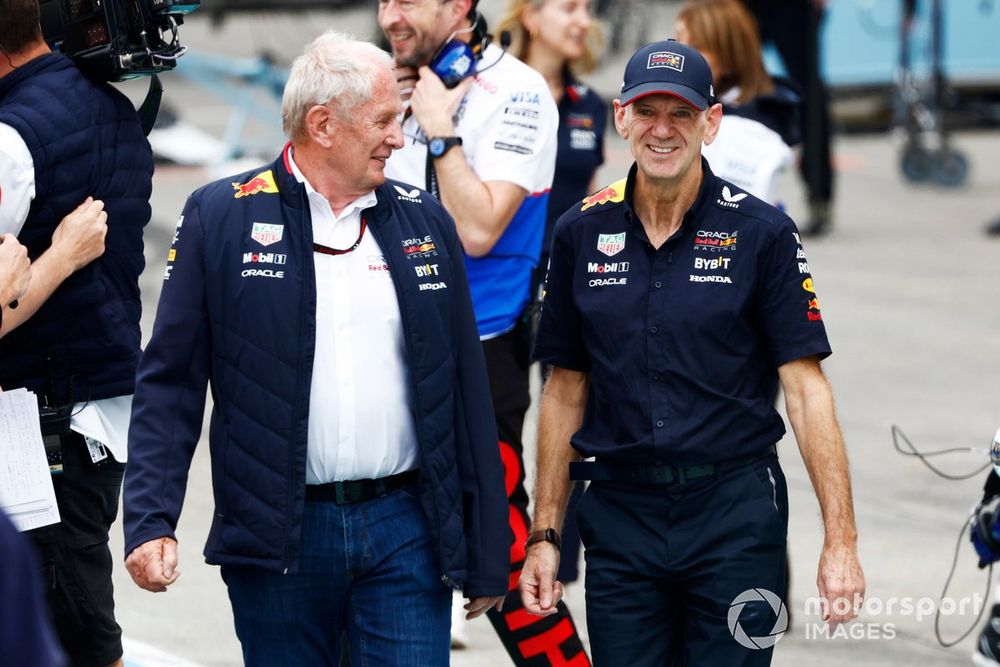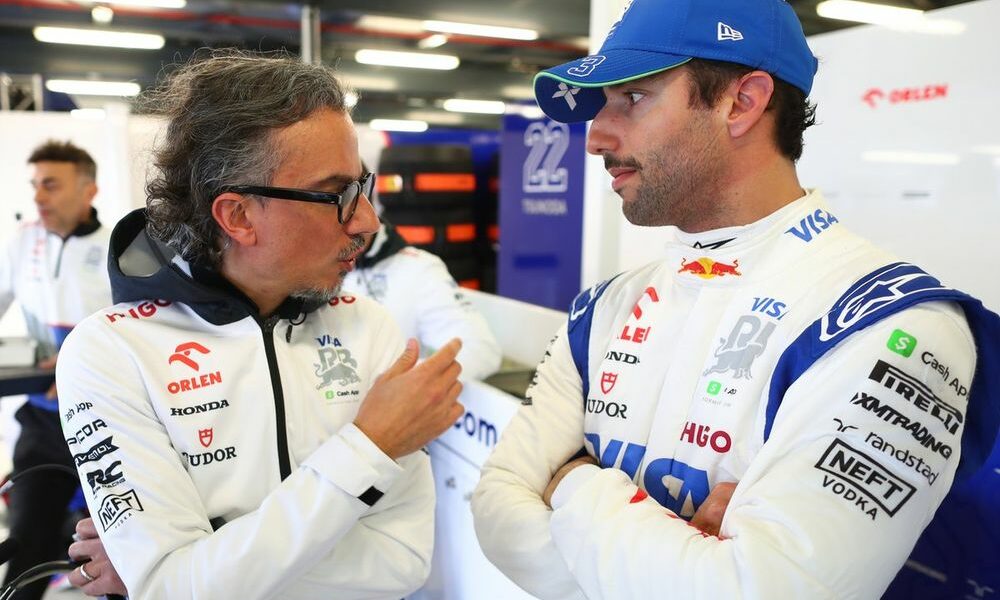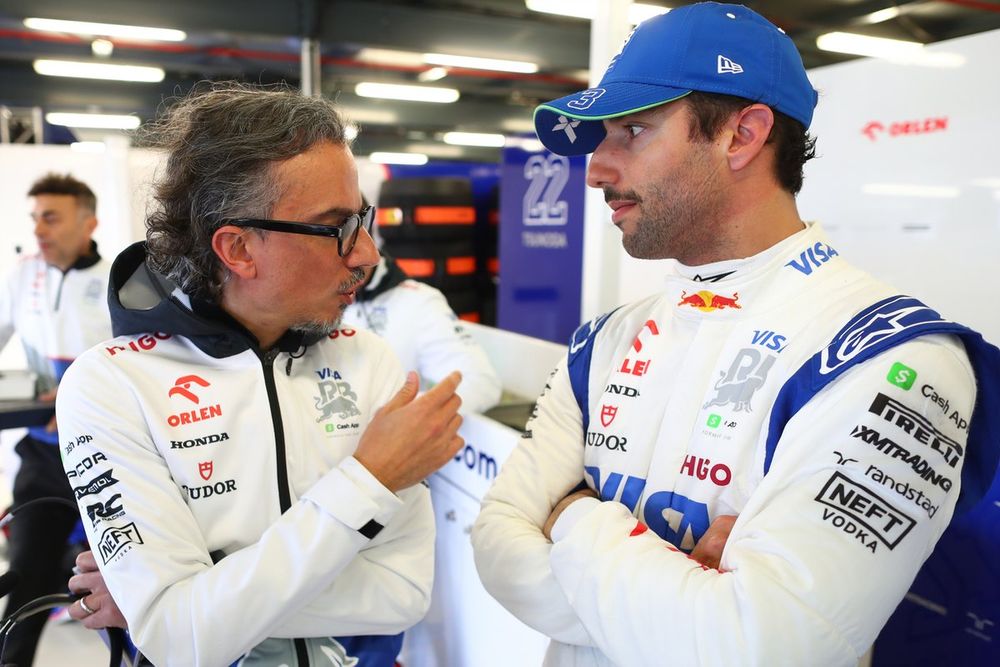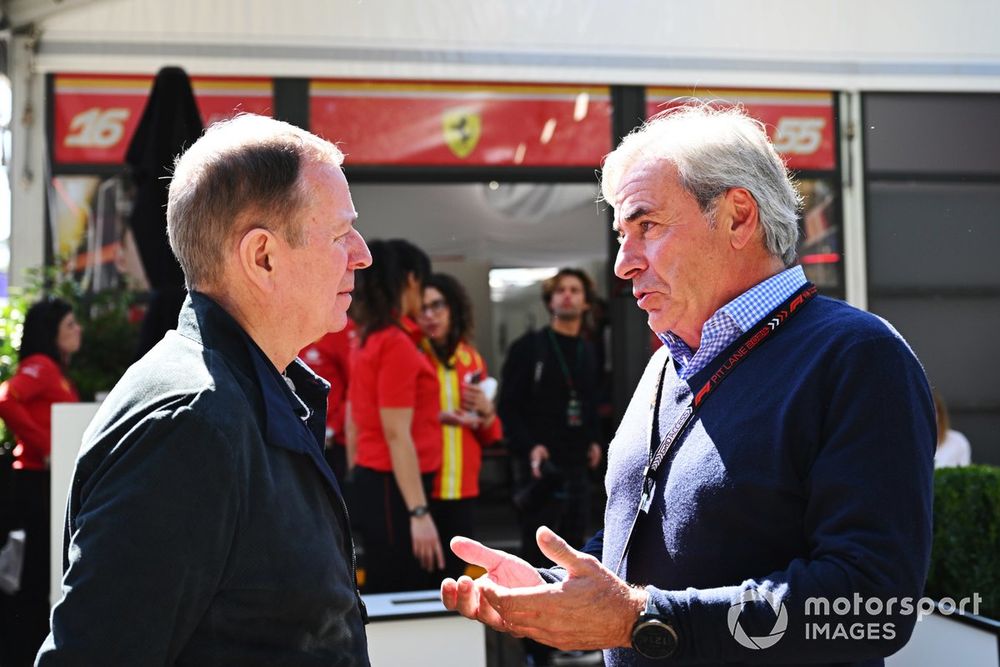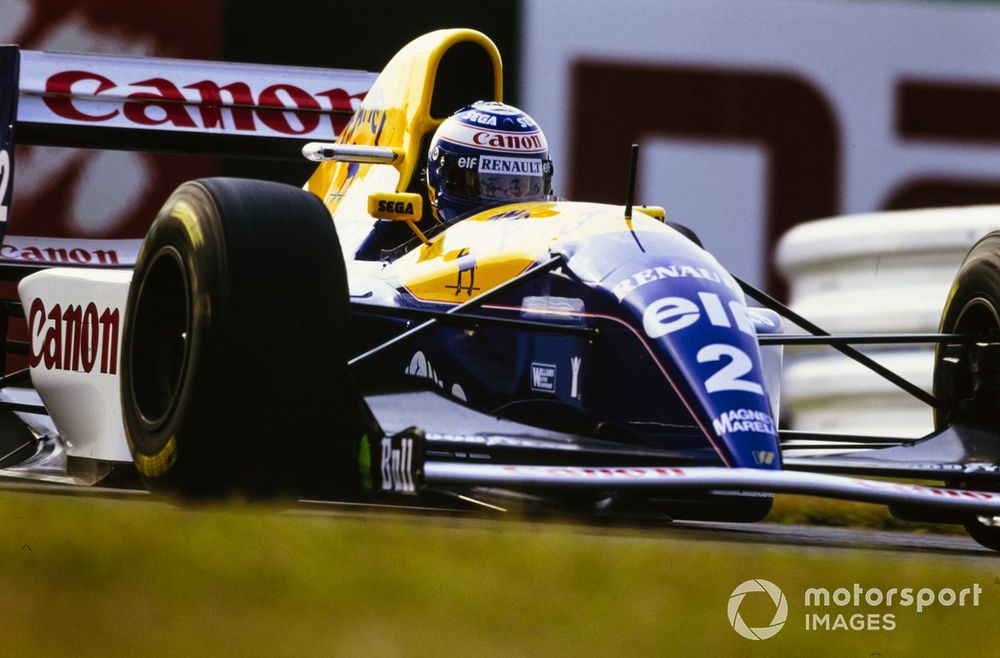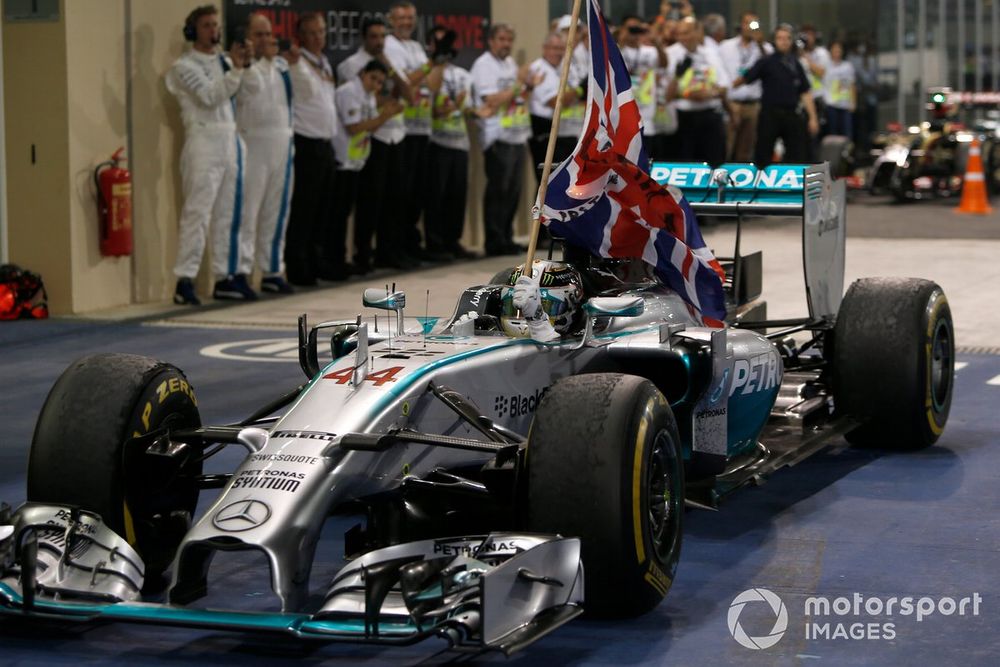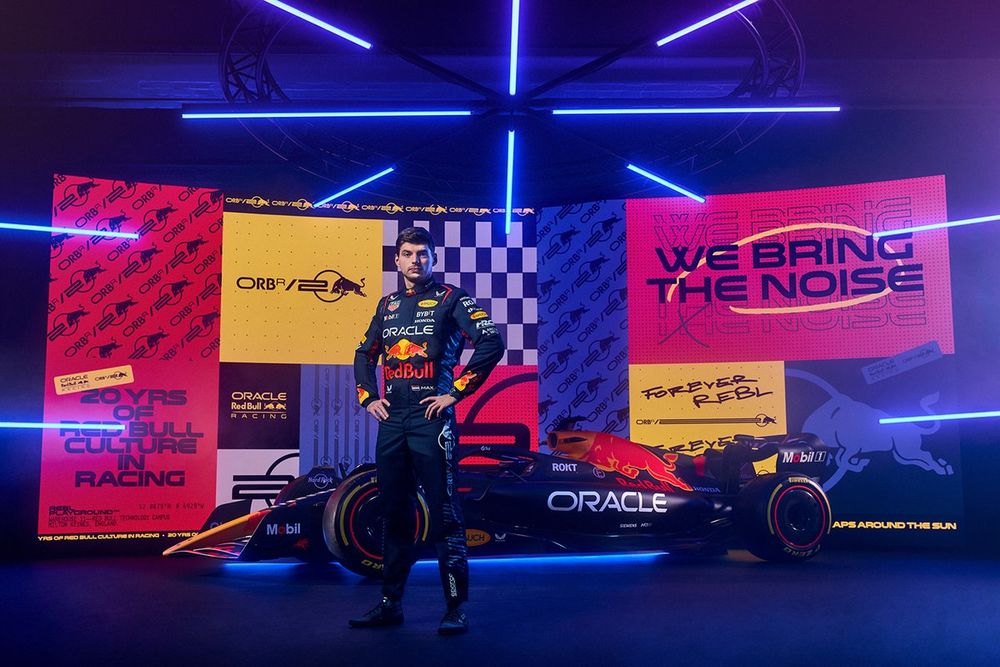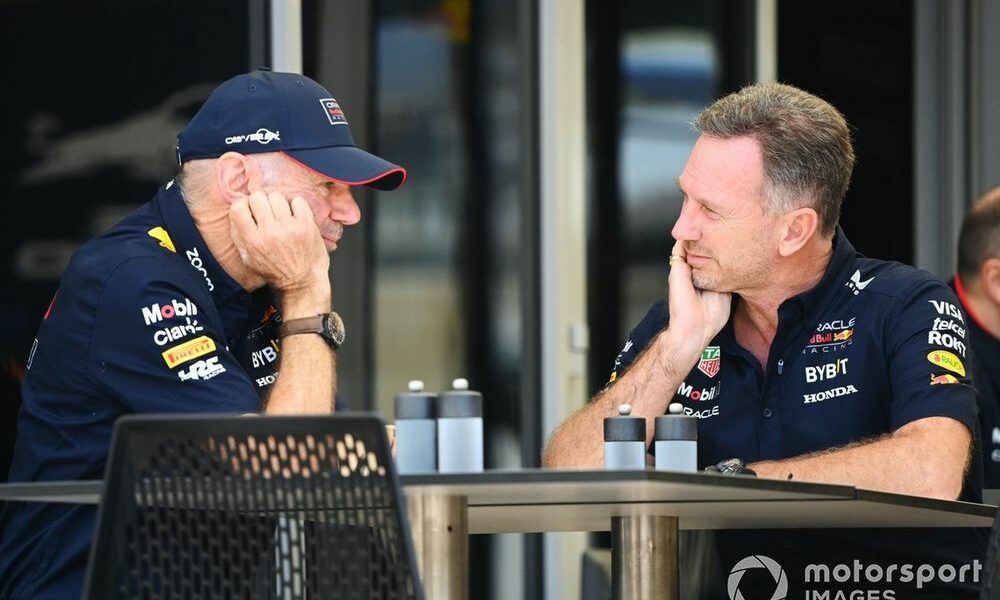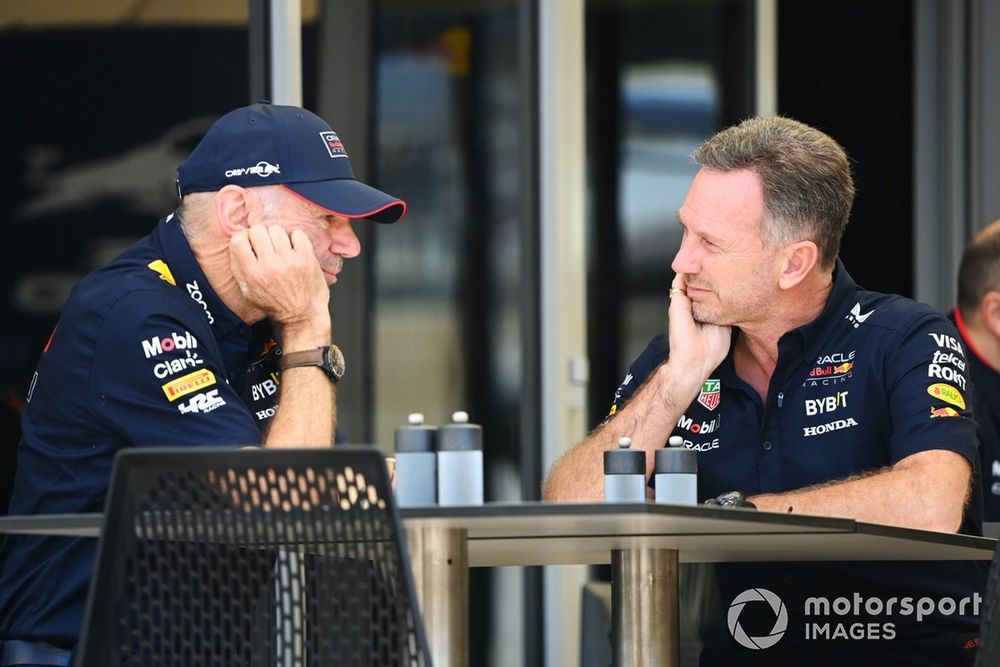Andretti recently opened a new headquarters in Silverstone and has now started a recruiting spree to populate its European base with F1 staff, despite having been told by the series it will not be allowed to enter in the 2026 season.
The 60 vacancies include senior F1 roles such as head of aero development, head of mechanical design and various other engineering positions including aerodynamics and CFD, model design, electronics, control systems, IT, vehicle performance and manufacturing.
All roles are based in its Silverstone Park estate on the periphery of the grand prix circuit and across the road from Aston Martin’s new headquarters.
In its rejection statement, F1 said it wasn’t convinced Andretti would provide enough value, but it left the door open for a new entry process for the 2028 season. The American powerhouse is planning to field works engines by Cadillac’s parent company GM which should help reinforce its case.
Speaking to the Associated Press, F1 and IndyCar legend Mario Andretti said there would be more sit-down meetings with F1 chiefs, including at next week’s Miami Grand Prix.
“We only had one meeting with them, that’s a problem,” the 1978 world champion told AP.
“We haven’t had enough. I think that’s why I really welcome our next meeting. Let’s sit down.
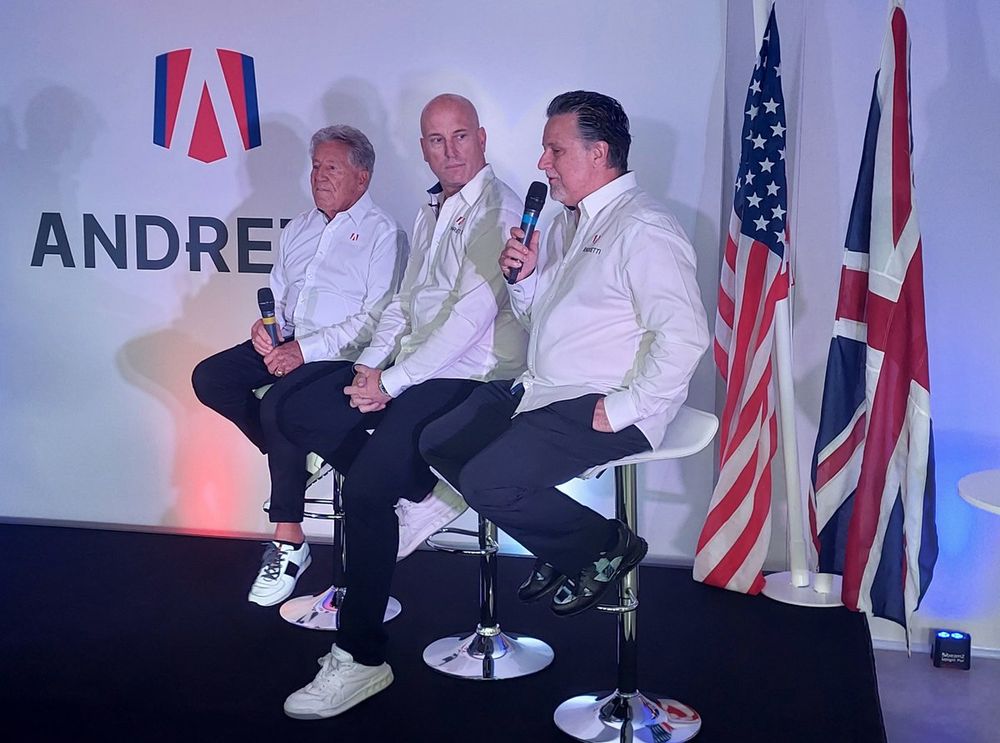
Michael Andretti, Mario Andretti, Dan Towriss, Andretti Global
Photo by: Andretti
“There were some opportunities missed along the way, but we’ve got to look forward, not back. I’m remaining hopeful because we never stop working towards this.
“It was made clear that our work is at pace, and as you can see we’re not just talking.
“We’re putting brick and mortar together. We’ve shown that with the team that already has a place in Silverstone.”
Andretti was convinced F1’s rejection was based “definitely on the financial side” as he and his son Michael, who owns and runs the team, felt they were never told about any other convincing reasons.
“We’re trying to say, ‘We’ll do whatever you ask of us.’ But they haven’t told us yet except for some excuses like, ‘Oh we don’t want you coming on, we don’t want you to be embarrassed’,” he added.
“But we don’t want to embarrass ourselves, and the fact is General Motors has made it so clear that they’re excited about this project.
“They have a long-term commitment there, and I don’t know what else we can do.”

